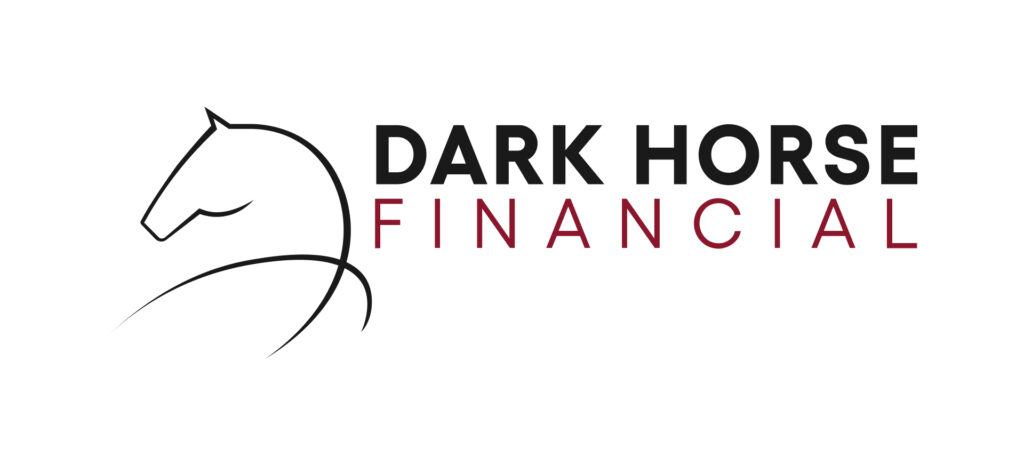Key Takeaways
- Payroll overdrafts are line of credit facilities that help Australian businesses cover temporary wage shortfalls during cash flow gaps.
- Interest is only charged on the amount drawn, making overdrafts a flexible and cost-effective option. Once you repay what you borrowed, the limit resets.
- They are especially valuable for B2B sectors where payment delays from the government or clients are common.
- Using an overdraft can support payroll being completed on time.
- Businesses can choose between secured overdrafts, which offer higher limits and lower interest rates, or unsecured overdrafts, which provide quicker access without requiring assets.
- To secure an overdraft, start by assessing your needs and your cash flow. Then, apply online through our form to get a prompt response.
- Overdraft solutions can be approved in as fast as 24 hours, allowing you to pay your staff immediately.
- To manage your overdraft effectively, track your usage, plan ahead, and avoid dependency.
- Partnering with a lending expert like Dark Horse Financial can help tailor the best solution for your staffing and wage funding needs.
Managing payroll can be one of the biggest financial challenges for businesses, especially those in the support worker and staffing sectors. Unexpected cash flow gaps, seasonal fluctuations, or delays in client payments can make it difficult to meet wage obligations on time. In such cases, payroll overdrafts can be a practical and timely solution to bridge funding gaps and ensure staff are paid promptly.
This article will explain how payroll overdrafts work in Australia, their benefits, and when businesses might consider them. We’ll also answer common questions surrounding their use, especially in the context of support worker finance and wage funding.
What Are Payroll Overdrafts?
A payroll overdraft is a line of credit facility linked to a business bank account, allowing companies to withdraw funds beyond their available balance, up to an approved limit. Unlike traditional loans, overdrafts provide immediate access to funds, making them ideal for covering urgent payroll costs when cash flow is tight.
With overdrafts, you only pay interest on the amount you borrowed, not the whole limit, making it a cost-efficient financing option. Once you repay what you borrowed, the limit resets, and the whole amount is accessible once again.
In Australia, businesses in sectors like disability support, aged care, and community services often rely on overdrafts to fund payroll costs for support workers, ensuring wages are paid on time without disrupting operations.
Why Are Payroll Overdrafts Important?
For many Australian businesses, particularly those in the support services and labour hire sectors, managing cash flow is a balancing act. Delays in receiving payment from clients or government departments, such as the NDIS, can cause misalignments between income and payroll obligations. In these cases, overdrafts for temporary wage shortfalls offer a buffer, ensuring that employees are paid on time, which in turn maintains morale and compliance with Fair Work obligations.

Can I Use an Overdraft to Pay Staffing Costs Temporarily?
Yes, short-term overdraft solutions for staffing costs are available for businesses across Australia. If your business experiences seasonal fluctuations, invoice delays, or unplanned expenses that affect cash flow, an overdraft can help you meet payroll on time while you wait for incoming revenue.
Staffing finance can typically be used for:
- Paying regular wages and superannuation
- Meeting award obligations during revenue downturns
- Managing rostering needs for high-demand periods
- Covering temporary spikes in staffing requirements (e.g. new contract wins)
This makes overdrafts a practical choice for businesses needing help with covering temporary staffing costs with overdrafts.
What Are the Benefits of Overdrafts for Payroll Funding?
Overdraft wage funding provides several strategic advantages when used correctly:
- Ensures Timely Wage Payments: Missing payroll can damage employee trust and lead to legal penalties. Overdrafts provide a safety net to avoid late payments.
- Flexible and Cost-Effective: Unlike term loans, businesses only pay interest on the amount used, making it a cost-efficient payroll finance solution for Australian support workers.
- Helps Manage Seasonal Cash Flow Gaps: For businesses with fluctuating staffing needs (e.g., disability support during peak periods), overdrafts offer liquidity when needed most.
- Avoids Disruptions in Service Delivery: Non-payment of staff can lead to resignations or industrial action. Overdrafts ensure continuity in care services.
- Business Flexibility: You can also use an overdraft for various operating expenses when payroll isn’t the only concern.

What Overdraft Options Exist for Payroll Shortfalls in Australia?
When considering how to cover a temporary payroll shortfall, businesses in Australia typically look at two main types of overdrafts: secured and unsecured.
1. Secured Overdrafts
A secured overdraft is backed by an asset that the lender can claim in the event the business fails to repay the overdraft. This asset might include property, business equipment, or vehicles.
Key Features of Secured Overdrafts:
- Higher Limits: Because the facility is backed by security, lenders are often willing to offer larger credit limits. This is ideal for businesses with higher wage bills or multiple locations.
- Lower Interest Rates: The reduced risk to the lender typically translates into lower interest rates and fees compared to unsecured options.
- Longer Approval Times: Lenders will assess the value and condition of the security offered, which can lengthen the application process.
- Best for Established Businesses: Companies with a solid asset base and consistent cash flow are best suited for secured overdrafts.
2. Unsecured Overdrafts
An unsecured overdraft, by contrast, does not require the business to pledge any specific asset. These facilities rely more heavily on the creditworthiness and general serviceability of the business.
Key Features of Unsecured Overdrafts:
- Faster Access: With no security involved, these overdrafts are often quicker to approve and can be established in as little as 24–48 hours.
- Higher Interest Rates: Because there’s more risk to the lender, unsecured overdrafts usually come with higher interest rates and stricter repayment terms.
- Lower Credit Limits: The lack of security generally results in smaller credit limits.
How Can Overdrafts Help Fund Payroll for Support Workers?
Are overdrafts suitable for managing support worker wages? Yes, overdrafts are suitable for managing support worker wages. Support worker providers, including NDIS-registered organisations and aged care businesses, often face specific funding delays. Claims submitted through government portals or third-party providers may take several weeks to process, creating gaps between when services are rendered and when revenue is received.
To cover this lag, overdrafts to fund payroll costs for support workers offer a financial bridge. These funds allow providers to pay their carers, nurses, and other support staff without disruption, avoiding staff turnover and service interruptions.
Additionally, many providers are scaling up rapidly to meet growing demand, especially in the disability and aged care sectors. This often means onboarding new staff and managing increased payroll commitments before additional funding flows in. Payroll finance solutions for Australian support workers, such as overdrafts, can facilitate this growth sustainably.

How to Apply for a Payroll Overdraft in Australia
- Complete Our Online Form: It will only take you minutes to fill out our online form and apply for an overdraft facility. We’ll help you assess the right solution for your business.
- Approval: Once we submit your application, approval can come in as fast as 24-48 hours. Loan contracts are completed electronically and funds are typically available as soon as your loan contract is signed.
Tips for Managing Staffing Costs with Overdraft Facilities
Managing staffing costs with overdraft facilities can be done effectively through these tips:
- Track Usage: Keep records of when and why you draw on the facility.
- Plan Ahead: Use cash flow forecasts to anticipate shortfalls and act early.
- Avoid Dependency: Treat overdrafts as a temporary tool, not a permanent solution.
- Review Terms Regularly: Reassess your overdraft limits as your business grows or changes.
- Seek Specialist Advice: Engage with financial professionals who understand your sector, especially if you provide support services under the NDIS or similar programs.
To Sum it Up
Payroll overdrafts offer a solution for covering temporary staffing costs. Whether you’re a disability service provider, an aged care facility, or a labour hire agency, having access to short-term overdraft solutions for staffing costs ensures that your most important resource—your people—are paid on time, every time.
Get a Payroll Overdraft for Your Business
We understand payroll finance and can tailor solutions for Australian support workers and businesses across other high-demand sectors. Our expert team helps businesses cover cash flow challenges with confidence. If you're facing challenges in funding temporary payroll shortfalls, get in touch with us today to explore your options.





